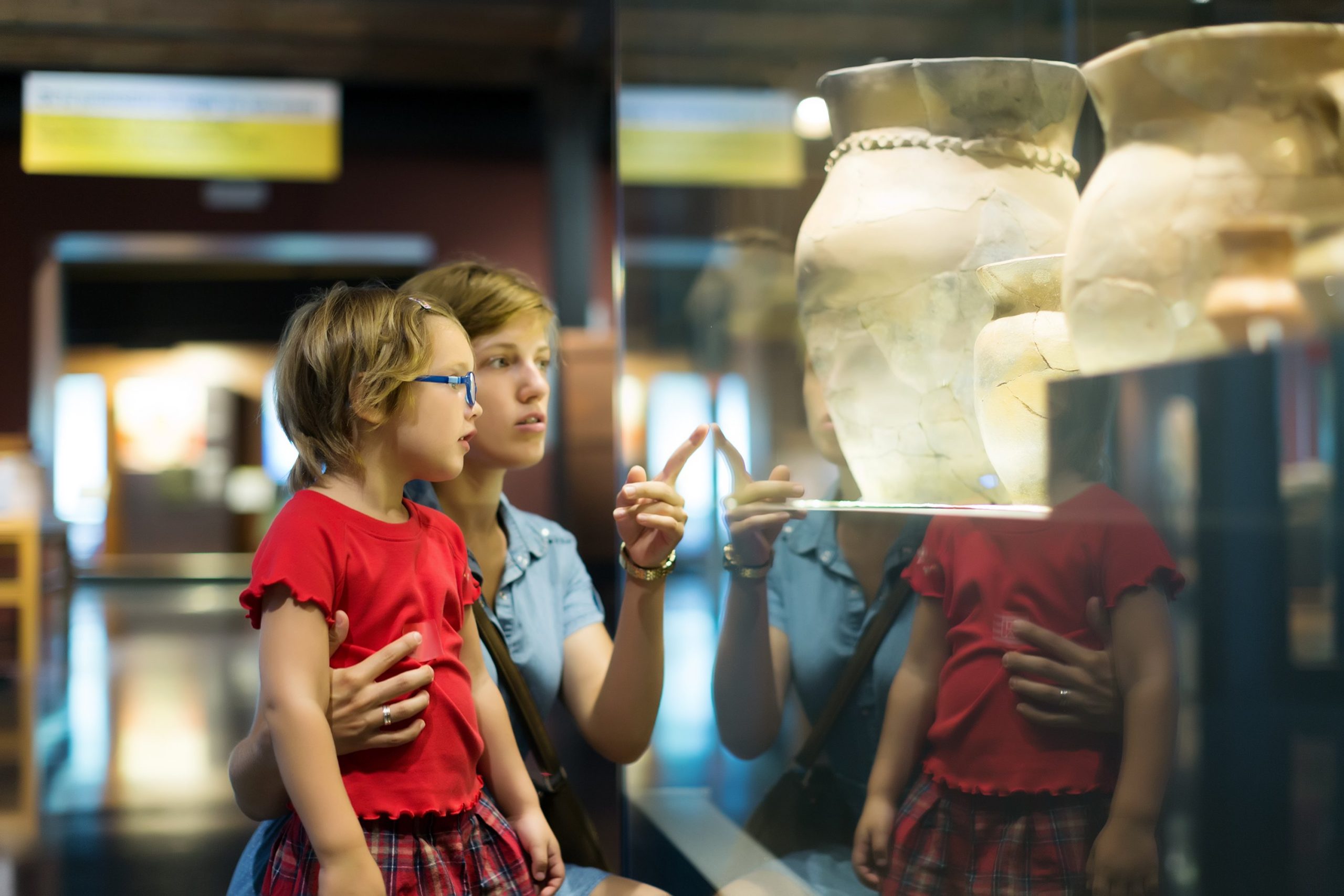
The Importance of Art Centers in the Classroom: A Fantastic Art Museum for Preschoolers
As a preschool educator, fostering young preschoolers’ curiosity and inventiveness is paramount. One effective method to encourage creativity is through art centers in the classroom. In this article, we’ll explore the significance of art centers and how they can provide preschoolers with an enriching art museum experience.
The Benefits of Art Centers in the Classroom
Art centers offer a safe and structured environment for preschoolers to explore their creativity. Through art, preschoolers can enhance hand-eye coordination, fine motor skills, and problem-solving abilities. Moreover, art serves as a mode of self-expression, crucial for preschoolers who may not yet have developed verbal communication skills. By integrating art centers into the classroom, preschoolers can cultivate these skills while gaining confidence through creative exploration.
The Importance of Art Education
An inclusive curriculum must encompass art instruction, as studies have shown its positive impact on academic achievement across various subjects. Art education fosters critical thinking and problem-solving skills, preparing preschoolers for lifelong learning. By providing access to art centers, preschoolers can reap these benefits and nurture a lifelong appreciation for art.
Creating a Fantastic Art Museum Experience
Transforming your classroom into an immersive art museum can captivate preschoolers’ imagination. Start by selecting a theme, such as animals or nature, and establish different art stations accordingly. From painting animal portraits to sculpting nature-inspired creations, diverse art supplies like paint, clay, and paper can offer preschoolers myriad creative outlets.
Tips for Setting Up an Art Museum in the Classroom
Plan meticulously and organize effectively to ensure a seamless art museum experience in your classroom. From selecting themes to providing clear instructions and incorporating sensory elements like music, careful planning enhances engagement and creativity.
Encouraging Parent Involvement
Invite parents to participate in the art museum experience to foster a sense of community and reinforce creativity at home. Hosting family art nights or sending art projects home promotes collaborative learning between preschoolers and their families.
Overcoming Challenges in Implementing Art Centers
While implementing art centers poses challenges such as resource constraints and managing mess, creative solutions and clear expectations can mitigate these obstacles. Emphasize the creative process over the finished product to alleviate teachers’ apprehensions about their artistic abilities.
Integrating Art Centers into Other Subjects
Art centers offer interdisciplinary learning opportunities, enriching subjects like science and social studies. From seasonal art projects to exploring diverse cultures through art, integration enhances preschoolers’ holistic understanding of the world.
Supporting Diverse Learners through Art Centers
Art centers provide a nonverbal platform for diverse learners to express themselves and engage meaningfully. Adaptations and visual aids ensure inclusivity, fostering a supportive learning environment for all preschoolers.
The Future of Art Education in Preschool
Advancements in technology expand possibilities for art education, emphasizing the need for increased funding and advocacy to maximize its benefits.
The Role of Art Centers in Social-Emotional Development
Art centers facilitate emotional expression, collaboration, and relaxation, nurturing preschoolers’ social-emotional skills.
The Role of the Teacher in Supporting Art Centers
Teachers play a pivotal role in fostering a conducive environment for creative exploration, advocating for art education, and guiding preschoolers’ artistic endeavors.
The Impact of Art Centers on Academic Achievement
Art activities enhance student engagement, motivation, and critical thinking, positively influencing academic performance.
The Importance of Diversity in Art Education
Inclusive art education promotes cultural appreciation and self-identity, fostering a sense of belonging among preschoolers.
The Role of Technology in Art Education
Technology enriches art education, providing innovative tools and resources to expand creative horizons.
The Importance of Play in Art Centers
Playful exploration in art centers cultivates creativity, problem-solving, and social skills among preschoolers.
The Benefits of Art Centers for Teachers
Engaging in art activities enables teachers to model lifelong learning, creativity, and stress relief.
The Role of Families in Supporting Art Education
Family involvement reinforces the value of creativity and provides bonding opportunities through shared art experiences.
The Importance of Reflection in Art Education
Reflection fosters self-awareness and appreciation for diverse artistic expressions among preschoolers.
The Role of Art Centers in Developing Cultural Competence
Art activities promote cultural understanding and identity exploration, fostering respect and appreciation for diversity.
The Importance of Assessment in Art Education
Assessment informs instructional practices and demonstrates the impact of art education on preschoolers’ holistic development.
The Impact of Art Centers on Preschoolers’ Self-Esteem
Art centers cultivate preschoolers’ confidence and sense of accomplishment through creative exploration.
The Role of Collaboration in Art Centers
Collaborative projects in art centers enhance social-emotional skills and inspire peer learning among preschoolers.
The Importance of Art Centers in Developing Fine Motor Skills
Art activities refine fine motor skills essential for academic and daily tasks, fostering preschoolers’ overall development.
The Role of Art Centers in Developing Creativity
Art centers nurture imaginative thinking and problem-solving skills, empowering preschoolers as creative thinkers.
The Importance of Flexibility in Art Centers
Flexible learning environments in art centers accommodate diverse learning styles and promote individualized exploration.
The Role of Art Centers in Developing Language Skills
Art activities facilitate language development and communication skills, enriching preschoolers’ vocabulary and expression.
The Importance of Inclusion in Art Centers
Inclusive practices ensure equitable access to art education, celebrating diversity and fostering a sense of belonging.
The Role of Art Centers in Developing Critical Thinking Skills
Art activities stimulate critical thinking and decision-making, empowering preschoolers to explore diverse perspectives.
The Impact of Art Centers on Preschoolers’ Emotional Regulation
Art centers provide a therapeutic outlet for preschoolers to express emotions and cultivate coping skills.


